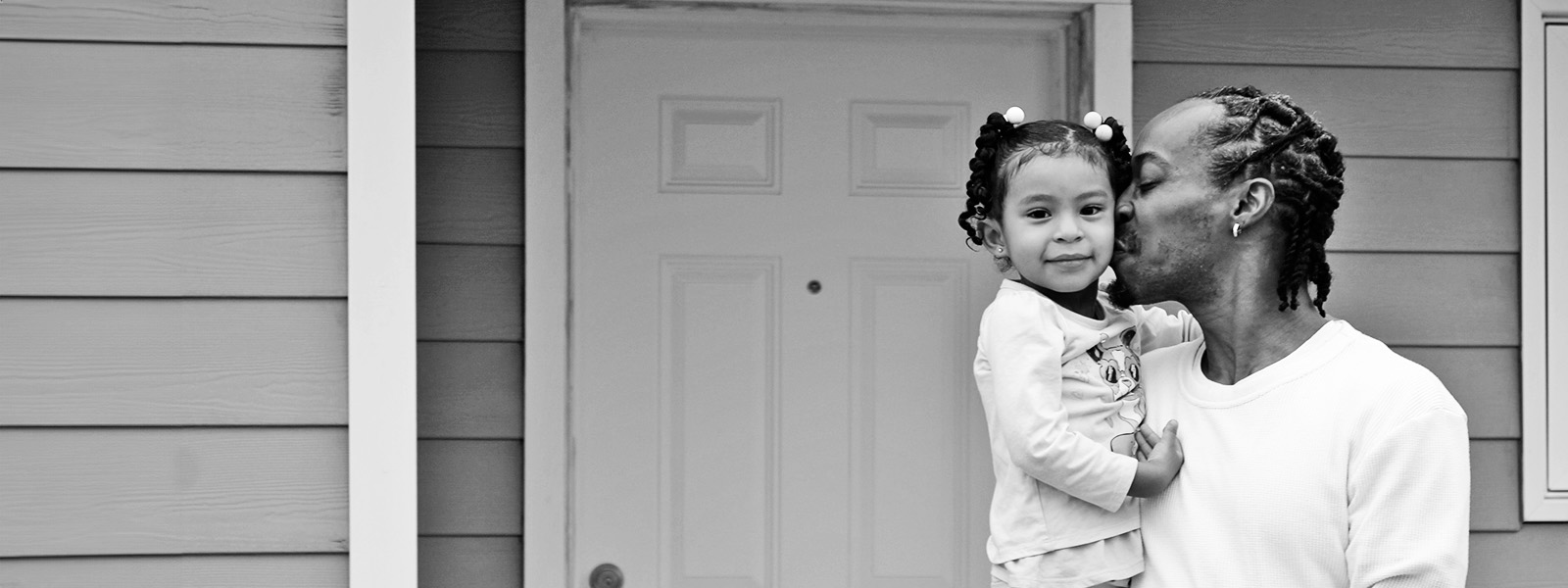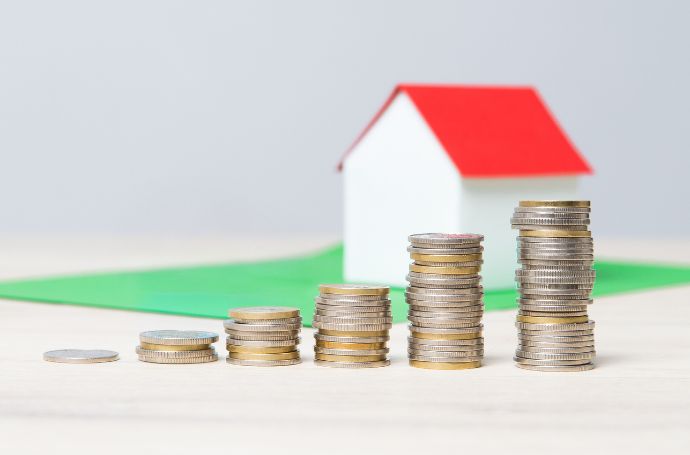
Why Housing Matters
Home is more than wood and nails.
Affordable homeownership leads to greater economic stability, access to quality education, increased community engagement and better health. However, many people in the Greater Sioux Falls community find traditional paths to homeownership out of reach. Read to learn more about housing issues in our area and why housing (and Habitat) are so important.
Cost of Rent
Rent has increased over several hundred dollars in the last few years, averaging $1,060 in the Sioux Falls area for an apartment and $1,298 for a single-family home as of December 2023. Data in 2019 from the Joint Center on Housing Studies showed that Sioux Falls has 25,921 households that are cost burdened (households spending more than 30% of their income on housing and utilities). Additionally, 8.6% of those were listed as severely cost burned (spending more than half their income on housing and utilities).
Housing Market
Sioux Falls is experiencing an unprecedented demand for housing and rapidly increasing home costs. Many first-time homebuyers are struggling to find homes they can afford. The average home price in Sioux Falls was $299,000 as of March 2024. While there are around 1,267 real estate “units” for sale in the Greater Sioux Falls area, most are not in an affordable range for the families Habitat serves.
Homelessness
The Greater Sioux Falls area has seen an increase in homelessness with well over 1,200 adults and children experiencing homelessness on a given day. This includes being unsheltered, in shelters, in motels or doubled up with relatives or friends. Plus, over 1,000 children are identified each year by the Sioux Falls school district as being homeless at some point, if even for brief periods of time throughout the year.
Housing Impacts…
This information on the impacts of housing was researched by Habitat for Humanity International. Click below to view their full evidence brief containing further details and sources.
Learn More Learn More





